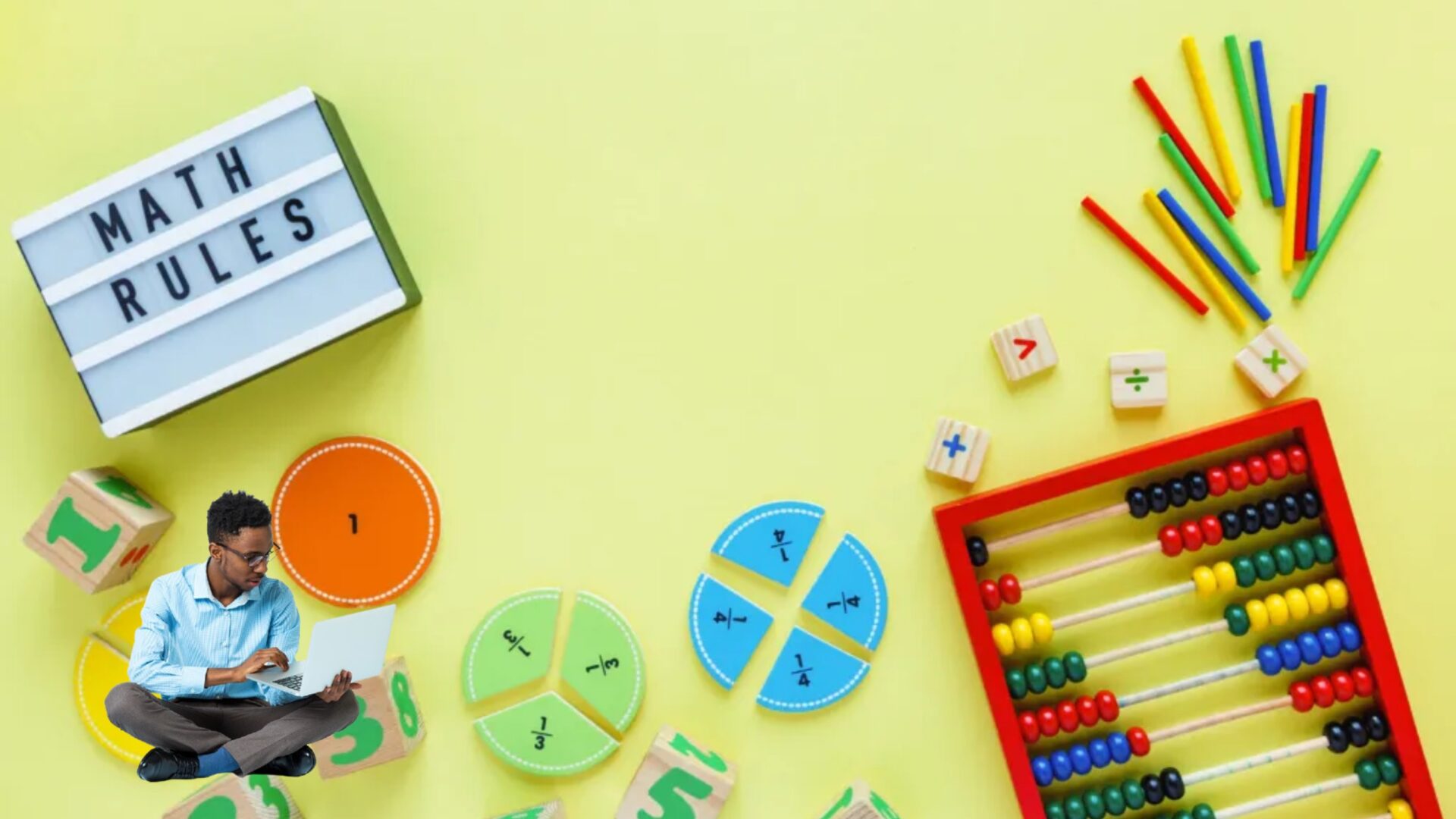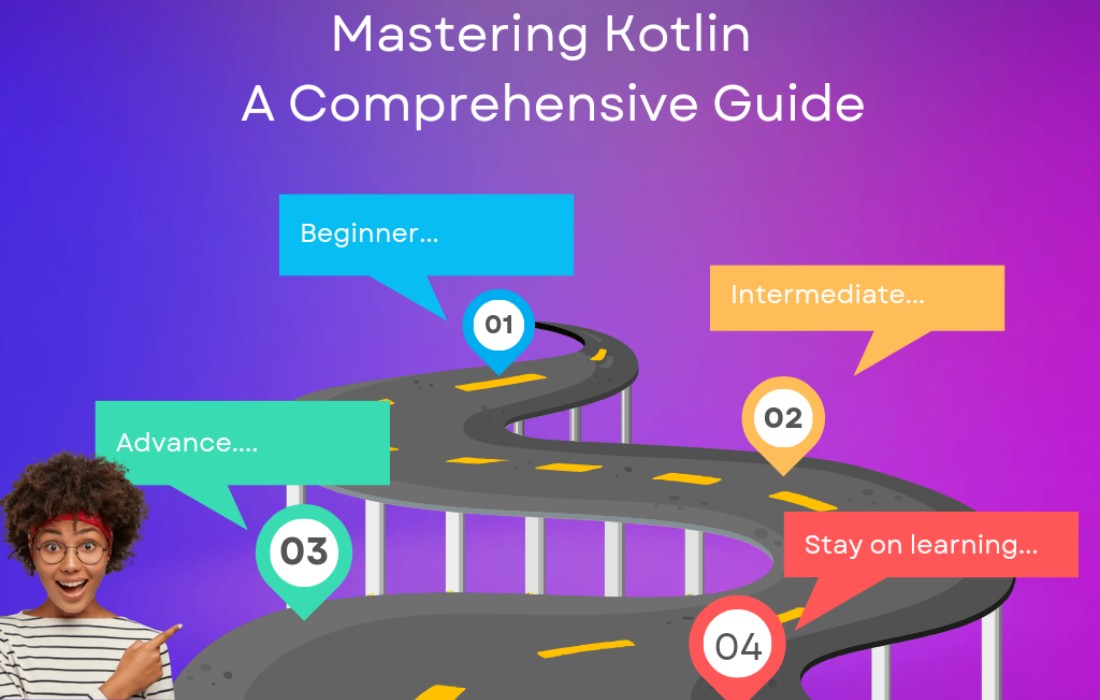A Beginner’s Guide to Kotlin: Variables, Basic Types, Collections, and Control Flow
Kotlin is a modern programming language that is concise, expressive, and fully interoperable with Java. In this blog post, we will go through the fundamentals of Kotlin, including variables, basic types, collections, and control flow. This will help you get started on your Kotlin journey with a strong foundation.
1. Hello, Kotlin!
Let’s start with a simple “Hello, World!” program in Kotlin.
This is a basic Kotlin program where:
funis used to declare a function.main()is the entry point for your program.println()prints output to the console.
You can see that Kotlin does not require an explicit declaration of a main class or any boilerplate code, making it simple and efficient.
2. Variables in Kotlin
Variables store data in your program, and Kotlin offers two ways to declare variables:
- Read-only variables with
val - Mutable variables with
var
Here’s an example:
valstands for value, and it means the variable cannot be reassigned.varmeans the variable can be modified.
3. String Templates
In Kotlin, you can easily print the values of variables using string templates. A string template is a way to insert variables or expressions inside a string using the $ symbol.
This feature allows you to integrate variables directly into strings, making the code cleaner and more readable.
4. Basic Types in Kotlin
Kotlin supports various basic data types such as:
- Integers (Byte, Short, Int, Long)
- Floating-point numbers (Float, Double)
- Booleans (Boolean)
- Characters (Char)
- Strings (String)
Example:
In Kotlin, you can also rely on type inference, where the compiler automatically infers the type based on the value you assign to a variable.
5. Collections in Kotlin
Kotlin provides several types of collections, such as:
- Lists: Ordered collections, can contain duplicates.
- Sets: Unordered collections, no duplicates allowed.
- Maps: Key-value pairs, where each key is unique.
Here’s how you can use collections:
Sets, unlike lists, do not allow duplicate elements, and maps allow you to associate keys with values.
6. Control Flow in Kotlin
Control flow structures allow you to make decisions and repeat tasks in your programs. Kotlin provides several control flow statements, such as if, when, for, and while.
For example, using if and when:
- The
ifstatement checks if a condition is true or false. - The
whenstatement is similar toswitchin other languages and helps you handle multiple conditions more efficiently.
Conclusion
In this blog, we’ve covered the basics of Kotlin programming, including variables, basic types, collections, and control flow. Kotlin offers a modern approach to programming that makes writing code clean, concise, and expressive. Whether you’re building Android apps or server-side applications, Kotlin is a versatile language that can help you write better code.
Next Steps
- Practice: Try out the exercises mentioned in this post to deepen your understanding.
- Explore more: Dive deeper into Kotlin’s powerful features like null safety, extension functions, and coroutines.
- Kotlin Documentation: Refer to the official Kotlin documentation for more details on these topics.
Happy coding!












